|
Most people hire a professional when installing a culvert for their driveway, which, depending on the length and type of pipe required, can cost anywhere between $800 to $8,000. depending on complexity. With this in mind, you may be thinking, “why don’t I just do it myself?”
A word of caution. A project like this requires some heavy equipment and the knowledge to use it correctly. If you’re uncertain about how to operate a skid-steer loader with backhoe attachment, for example, you should probably seek out professional expertise. However, if you do plan to install or replace a culvert on your own, there are some steps you should take to make sure the process is completed successfully and safely. Here is a step-by-step guide on how to install your own culvert.
A word of caution: As a professional company in good standing with TXDOT, and the state of Texas, it's hard for us to recommend you take on a project such as installing your own culvert. We don't recommend you install your own unless you have a very high level of construction experience and even then, we would hesitate. It's dangerous and difficult, and you may just find that city and county inspectors won't respond to a homeowner in the same way they would a professional. This means that you may run into a lot more difficulty if you choose to handle the project on your own. If the job requires cement safety ends, you will have to hire someone. Remember, city and county rules change over time so the culvert you have in now may not be allowed anymore and will have to be replaced with something else. Don't install anything without making sure you know what the requirements are or you can be subject to fines or a forced removal of the driveway. Installing a culvert yourself does present a safety and financial risk. If you're in North Texas, ask us for a Free Estimate or Contact Us for more information. See Who is Responsible for Culvert Maintenance in Texas for more information. 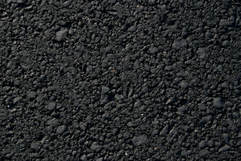 The trouble with Hot Mix Asphalt in Texas is an interesting one because there are several reasons that hot mix (and tar and chip) roads could fail. First off, the Dallas area, and North Texas in general, has had explosive growth. With that, heavy trucks traverse roads more frequently, bring in construction equipment, trailers, and heavy loads of all sorts. In an area with growth, more vehicles are present, adding to the wear and tear of the roads. Generally, when there is asphalt that is cracking, the soil and base of the road could be to blame. A sturdy base is required in order to give the road longevity. Additionally, the soil is not as sandy as other regions, and with clay and dirt, the driveway or road can be more susceptible to heaving or moving over time. The thickness of the asphalt does play a factor as well. Too thin, and the asphalt can break up over time. Compaction could be an issue as well. In cases where the base or asphalt is not compacted with a roller sufficiently, the material is more susceptible to breaking up, or causing other structural problems. Beyond that, the weather can play a role as well. Heat and moisture wreck havoc on driveways and roads, eroding underneath, or allowing the asphalt to become more pliable with heat which could cause problems as well. Although hot all that common is driving on a driveway or road that is not cured. Turning on it in the first month for instance could pull the asphalt in front of the tire away from the asphalt on the back of the tire while turning. The hot mix here is not always able to be applied without surface defects (cosmetic). Other areas in the country seem to have perfect asphalt that can be put down with perfect flatness and consistency, while here in Texas, most paving has some surface blemishes. Key thoughts: The road base under the pavement is important. Keeping water as far away from the pavement will improve the lifespan of the asphalt. Proper thickness and compaction are needed. The weather in Texas, heavy loads, or a lot of traffic will take a toll. Hot mix asphalt cure time is important. There will very likely be blemishes in the overlay or top coat of asphalt. As a professional paving company in North Texas, we run across folks who are unhappy with the quality they've received on their driveways. Some think they've been scammed. Sometimes they have and sometimes not so much. Either way, the threat of being scammed these days doesn't feel good at all so here's a post that discusses it in more detail.
Being scammed is something we all live with the possibility of today. We know it can happen in pretty much any endeavor we take on in our daily lives. Still, we've all become accustomed to taking calculated risks with our online shopping, the payments we make, the contracts we sign, and the passwords we put on our computers just to name a few. Today, everyone does some due diligence, but eventually we have to make a decision to move forward. You don't want deferred maintenance... When it comes to driveway paving, putting it off because of fear is actually costing you far more than you think. The small puddle turns into alligator cracks and before you know it, expensive repairs are necessary to remove and replace damaged asphalt. The point is, it's not good to wait as deferred maintenance costs many times more than regular maintenance. Still, the buying process can be a challenge. How do you know you're getting a fair price? How do you know the work will be completed on time, and on budget? Honestly, it can be hard to know, unless you have some honest discussions with the companies your getting bids from, references, or other experts that you can rely on. You should still be getting multiple bids on any home improvement project as experts recommend. The trick is to avoid being scammed or getting shoddy work that you've paid full price for. What does not constitute a scam? It seems that most of the time, when we talk to disappointed homeowners in Texas, they haven't been scammed at all. There are usually underlying issues involved. Here are a few to consider... Underlying Water issues: An example would be a paving company that points out that a homeowner needs a culvert and the homeowner doesn't want to pay for one. They pave without it and as a result water rushes over and under the driveway eroding it prematurely. This is not a scam because the paving company did what they were contracted to do, despite telling the homeowner what they did actually need. Underlying base issues: Another example would be an asphalt overlay that cracks. Here in Texas we have very bad soil conditions and the weather takes a mighty toll on paving of all types here. When a newer asphalt overlay cracks, the cause is most likely due to the underlying base or dirt. This would not constitute a scam because to remove the existing asphalt can be very costly for homeowners and few are willing to take on the financial burden of removing an entire driveway to start from scratch. This isn't a scam unless the overlay was wafer thin throughout. A good company would come see what happened, but in the case of a paving scam they very likely wouldn't. Heavy Vehicle Traffic: When a dump truck, trash truck (especially one with one rear axle), or other heavy trucks and trailers drive on a driveway, the weight can damage the asphalt. This is especially true in the period of time before the asphalt is cured. Asphalt companies will ask you not to drive on a new driveway right away, and no heavy traffic should be allowed on it before it has time to cure. If asphalt is bending and breaking, it may not be the overlay or driveway, but rather the commercial traffic driving on it. This would not be a scam, but a good company could help you out and look at the damage and potentially fix it for you. A scammer wouldn't be reached for comment. "Weeds and water go where they want." If a company puts in asphalt and some grass or weeds make it through it's not necessarily a scam, but it can also be a tell-tale sign. Here in Texas, grass and weeds are pretty veracious, and they can make some asphalt seem like it was put on thin even when it wasn't. Additionally, a paving company with a good reputation could put in a driveway that inadvertently has a small area with thinner asphalt than it should, but a paving scam would involve a very thin layer throughout. If a paving company falls short in a small area and a few weeds poke through it would be more appropriate to categorize it as an isolated defect of workmanship and the company should be willing to remedy it. On the other hand, if numerous patches of thick grass and weeds grow though more consistently across the driveway, it is likely a scam, especially if the company will not be willing to make good on it. Remember... A quality paving company should be putting at least 2-3 inches of asphalt on top of a firm base and any weeds or grass that eventually make it through would be more sparse. A scam would involve very thin pavement throughout. A good company will address issues, a scammer wouldn't. What may be a paving scam? The best way to explain a paving scam is that it would be a combination of factors including a high-pressure sale where the company may say they have extra asphalt from another job or something and have to do the work immediately. This alone could be fine, but the scam part is that the price is high, and the quality of work low. In our book, that would constitute a scam - shoddy work for high dollars. Here are signs to look for that may lead to a driveway you're not proud of: • High-pressure sales • Unmarked trucks • Something is too-good-to-be-true • No written estimates • Door-to-door sales • Leftover product • Out-of-state plates or phone • Company doesn't pull up in Google • Company has high percentage of bad reviews • Not a company in good standing with the state Here are a few things you can do to get a quality paving contractor: • Check references or past work examples • Get multiple bids • Use a site such as HomeAdvisor to ensure contractors have passed a background check • Get a clear explanation of the work being bid • Let contractor know exactly what you're expecting • Get recommendations from the neighborhood sites you are a member of and check out their driveways. Hope that helps! Keep in mind, the vast majority of problems with paving and driveways in Texas isn't the result of a scammer, but is more often attributable to the existing driveway, the underlying road base, water issues or other factors that Texas has its fair share of that are cost prohibitive or not approved by the homeowner. Although there is no real way to officially warranty paving due to the water and soil issues here, a good company will stand behind their work and value their reputation. When they won't stand behind their work, don't have or don't care about their reputation, and also do work that is suspect, that's when things get scammy. Comments are open so you can leave your thoughts, too. When installing a pipe culvert for your driveway, private road, or other drainage needs, there are many materials available. Which material you choose can have a big impact on the culvert's longevity, so it helps to familiarize yourself with the main causes of pipe deterioration as well as the culvert materials most commonly used to combat them. Common causes of pipe culvert deterioration are corrosion, abrasion, and physical wear. Corrosion occurs when substances with non-neutral pH balances come into contact with metals, usually through soil or water contamination. When this happens, a chemical reaction causes metal pipes to rust, weakening the culvert. Metal culverts, in particular, are vulnerable to corrosion. Abrasion occurs when materials brought into the culvert by water, such as sand and small rocks, scrape against the pipe wall and damage it over time. The recurring bearing of heavy loads and other physical wear and tear can also damage pipes. If the material used to build the culvert has not been correctly installed or is not strong enough to withstand heavy loads driving over it, it may buckle or crack. Recurring temperature fluctuations (freezing and thawing) can also lead to structural damage. Certain materials will hold up to different forms of deterioration better than others. This article explains the three main materials used to build culverts—plastic, metal, and concrete—and their pros and cons in culvert construction. Aluminum and galvanized steel are popular culvert building materials. Corrugated metal is strong, reasonably affordable, and can be adapted to resist corrosion through galvanization. Still, there are some downsides to metal culverts. First of all, even when galvanized, metal corrodes and rusts over time, especially when the water or surrounding soil has a high or low pH balance. Additionally, metal pipes can be heavy, inflexible, and difficult to cut if they need to be trimmed to fit the culvert trench. Weaker metals will also buckle or warp over time, especially when the road in question supports heavy traffic. Plastic pipes are a cheaper, easier to install alternative to metal pipes. They are lightweight and flexible, allowing for easy transportation and installation. Additionally, plastic can be cut easily to fit any size of culvert trench. One downside to plastic’s lightweight nature is that erosion and the material’s natural buoyancy can cause it to become displaced over time. However, this displacement is easily avoided if the pipe is correctly bedded and the surrounding soil properly compacted during installation. Another benefit of plastic is that it does not corrode or rust like metal does and, so, can resist high and low pH balances. Whether you decide on metal or plastic, consider buying corrugated pipes. These pipes’ wavy pattern increases both materials’ flexibility and resistance to warping or buckling under weight. In most cases, corrugated plastic pipes will be a good fit for the job. Another type of plastic pipe, PVC, also has its uses. PVC is smaller and less flexible than corrugated plastic pipes. It is ideal for low water flow or when the water needs to be carried over great distances, as is the case in irrigation. Since clogs in long drainage pipes are more difficult to clear than short ones, PVC is also ideal when long pipes are needed because its smooth walls make it easier to clean than corrugated pipes. Concrete is far more expensive and difficult to transport, pour, and install (due to its weight) than either metal or plastic. However, it has its uses. Of the three materials, concrete is the most durable. Like plastic, it does not corrode. Additionally, concrete is resistant to warping and is able to bear heavier loads than the other two materials. Because of its durability and longevity, concrete pipe culverts are a good idea for those planning to install a concrete driveway or expect heavy traffic over the culvert. We don't see a lot of affordable full cement culverts here in Texas due primarily to the cost associated with them. Whatever material you decide to use when building your pipe culvert, proper research is key. Whether you choose metal, plastic, or concrete, make sure that the material fits your needs by consulting a trained professional. Additionally, hire a quality team to make sure the culvert is properly installed. A well-built culvert will be more effective in managing water flow and save you money in the long run by reducing maintenance costs.
If you live in a silt-heavy area prone to flooding, you may have experienced a clogged culvert on your property. Culverts become clogged when slow-moving or stagnant water deposits a large amount of sediment in the culvert pipe. If this sediment build-up goes unchecked, drainage can slow or stop entirely, leading to flooding and erosion in your yard and driveway or even on your neighbors' or public property. Here are a few strategies for dealing with a clogged culvert. First, check with your municipality (township, county, subdivision developer, etc.) to see if the culvert in question falls under their jurisdiction. If so, they are probably responsible for maintaining the culvert and will be able to clear it out or replace it for you. However, if municipal codes show that the culvert is your responsibility, you will have to hire a professional to clear the culvert, or do it yourself. If you do decide to try clearing the culvert on your own, there are a couple of available methods. First, if the sediment build-up is near the pipe’s exit points, you can usually use a shovel to clear it away, provided too much debris has not built up. Just make sure not to damage the culvert’s slope (culverts are higher at one end and slope down slightly at the other to allow for proper flow) in the process. When the clog is located deeper inside the pipe, solutions are less straightforward. One option is to make an extended shovel by welding pipe to the head of a shovel and inserting it in the culvert to clear away the debris. You can do the welding yourself or have it done in a local shop. There are also tools available online made specifically for cleaning culverts. This tool http://amzn.to/2xzqFvB has a hoe-type head that pivots at the joint. After being pushed into the culvert, the pivoting joint will cause the tool’s head to sink into the debris, extracting material from the blockage when you pull it out. Both the extended shovel and culvert cleaner options have been known to work. However, they are labor-intensive, often requiring extensive effort and help to finish the job. Check the reviews to make sure it's what you're after before purchasing. Another method for unclogging your culvert is to use a pressure washer or sewage jetter to blast the flow-disrupting materials out with water. Equipment like this is pricy, but you may be able to borrow something from the local volunteer fire department or other municipal department such as sewage or road maintenance. The downside to this method is that you may also need to secure a vacuum truck to remove the water and dislodged debris after unclogging so that it does not erode or otherwise damage the drainage area downstream of the culvert. A third common solution for a clogged culvert is to pull the blockage out using a chain and piece of piping. First, feed a strong chain through the culvert. This can be accomplished by punching a small hole through the blockage with a long pole that is attached to the chain. This allows you to pull the chain through the other side. Attach the end of the chain sticking out of the upstream culvert exit to a section of steel pipe with a diameter similar to but slightly smaller than the culvert pipe. Then, pull it through the pipe from the downstream end. The steel pipe will push against the blockage, forcing it out of the culvert as it is dragged through. Some debris may be wedged in pretty tight, often requiring a truck or other powerful vehicle to pull the pipe and blockage through. As with the other methods, the removed debris should be cleared from the drainage area to prevent future clogging in your or your downstream neighbors’ culverts. These are the three most popular do-it-yourself methods for cleaning out a clogged culvert. While removing a clog from either end of a culvert is simple enough, attempting to remove debris lodged deeper in the culvert is labor-intensive and requires expensive equipment. There is also a risk that these methods could do more harm than good by damaging the culvert pipe or the drainage area. For this reason, the safest option is to contact a professional to unclog or replace the culvert. Doing so will save you time and energy while also keeping you on the right side of municipal codes involving roads and drainage. Country Roads Paving is replacing damaged culverts and will install a new culvert in our work area in North Texas - Celina, Pottsboro, Pilot Point, Allen, Fairview, Prosper, McKinney, Anna, Melissa, Sherman, etc. Just request a free estimate if you're interested.
County websites in our area: Collin County Culvert Forms & Permits http://www.collincountytx.gov/development_services/Pages/culvert_forms.aspx Denton County Culvert Noms & Permits https://dentoncounty.com/Departments/Public-Works-Planning/Applications-and-Permits.aspx Grayson County Culvert Forms & Permits http://www.co.grayson.tx.us/default.aspx?name=tre.payment_culverts When determining who should handle your driveway culvert maintenance, the key is knowing who owns and is responsible for the land on which the culvert is located as is laid out in the town or county’s government policies. Many people avoid researching such policies because they don’t want to deal with all that legal jargon. However, this article equips you with the information you need to navigate government resources concerning culverts. First of all, it will be helpful to familiarize yourself with some key terms concerning culverts and drainage policy:
Now that you are familiar with the key terminology surrounding culvert maintenance policies, it’s time to find the correct city or county department to contact. Usually, the information you’re looking for can be found by contacting the government department in charge of road regulations. A good place to start is your county’s government website. This can usually be found by using an online search engine to search the name of your county followed by 'official website'. In the search results, the website you’re looking for will usually be one of the top results. It should also plainly state the county’s name. For example, when I searched 'Randall County, TX official website' the county’s government website, www.randallcounty.com, was the first to pop up. Once you’re on your county website’s main page, you will usually see a 'Departments' tab or something similar. Click this tab and scroll down until you find the department title related to roads, streets, or drainage governance. The exact name of this department will vary county to county, but it should be pretty easy to spot. On Randall County’s website, the proper department can be found under 'Road & Bridge'. Once you’re on the correct department page, you’ll usually see the names of government officials as well as their contact information. The fastest way to get your questions answered is to call them directly (it’s up to you whether you want to call the head of the department or other available contacts on the list). However, you may also send an email if you prefer. When speaking with (or emailing) a representative from the department, there are a couple of questions you should ask right away. First of all, confirm that you’ve found the correct department by asking them if they are responsible for upholding regulations surrounding culverts. If they are not, ask them to transfer you to the correct department or, at the very least, get the name and contact information for the department you need to call. Once you have confirmed that you are talking to someone who can help you, tell them about your situation and why you want to know who is responsible for culverts in your area. Whomever you talk to will probably want to know your address as well as if you own the property in question, as regulations usually vary depending on who owns the property as well as the property’s location (township, county, subdivision, etc.). They may also ask if you know of any drainage easements on or near your property. Additionally, you should let them know if your culvert’s malfunction has damaged anything on your, your neighbors’, or government property. With this information, the government representative should be able to answer your questions or direct you to someone who can. Even when you have your answer, it doesn’t hurt to do some independent research to confirm what you’ve been told. This involves using a search engine or public files (usually obtainable at a courthouse or other location of public records) involving land development/drainage codes, policies, and regulations. On the Randall County Road & Bridge Department webpage, this information is readily available. It can be downloaded as a PDF via the Road & Subdivision Policy link, found under 'Information' in the page’s left column. If your county’s website isn’t as straightforward, you can politely ask the department representative with whom you speak to direct you to where the policy can be found. There should be no reason they cannot do this. However, if for some reason they can’t help you, you should be able to find the information online by searching the name of your county, plus “culvert policy” or something similar. If possible, find the original policy scanned online as a PDF. Use the Table of Contents to find the section related to culverts and drainage, and read through it. This will help you feel more informed as you move forward in repairing or replacing your faulty culvert. Sometimes, the terminology used in the policy can be pretty convoluted or dull. However, stick with it, and use the key terms from this article to help you. The policy will usually describe who is responsible for different types of properties and culverts, as well as the permits and other steps one should take in order to comply with regulations. In our Randall County example, if the culvert is located on private property, the owner of that property is responsible for the culvert’s upkeep. If a culvert is located in a subdivision, the subdivision developer is responsible for maintaining culverts and must do so in keeping with the city’s code. Meanwhile, culverts on public land are the responsibility of the government. According to Randall County Law and Ordinances, inspectors are required to check all culverts on public land once a year. Additionally, if someone notices a problem with culverts on public land, they should contact Law and Ordinances to resolve it. These are some fairly common regulations. However, every county’s laws are slightly different, and loopholes abound, so do your best to get the information specific to where you live. Best of luck!
|
Country RoadsRural drives and private roads are our passion. We post recent jobs, paving techniques, and tips and tricks here. Enjoy! Archives
January 2023
Categories
All
|

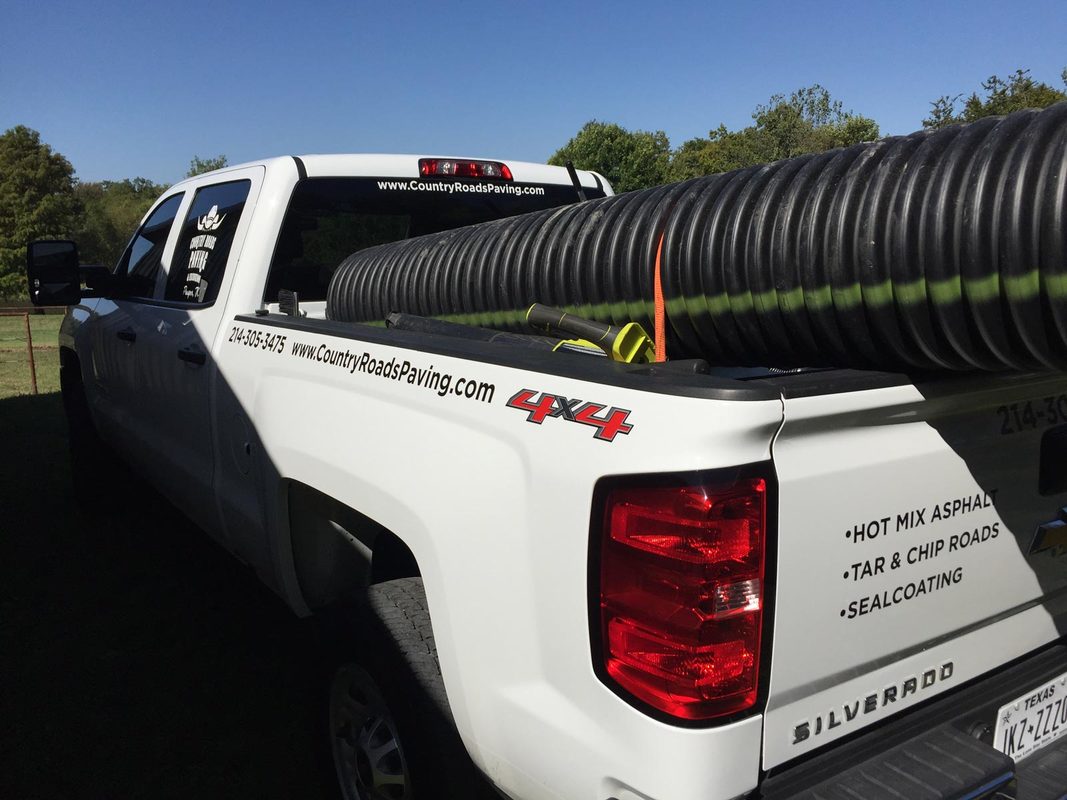
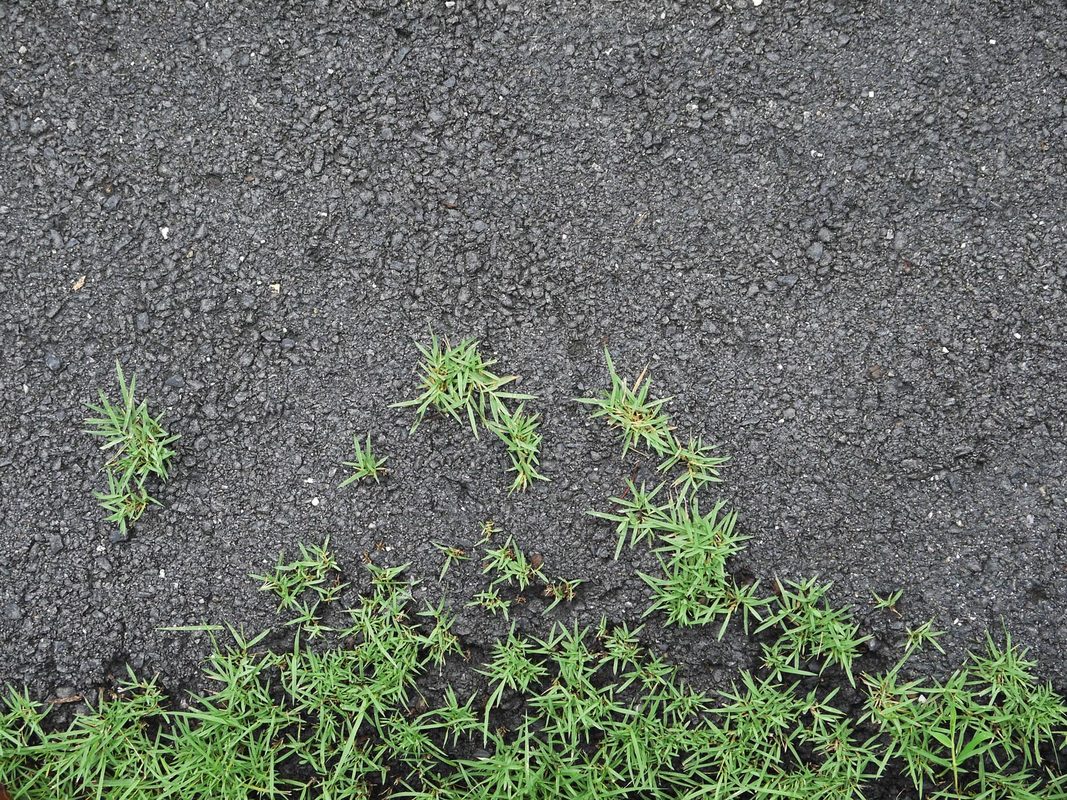
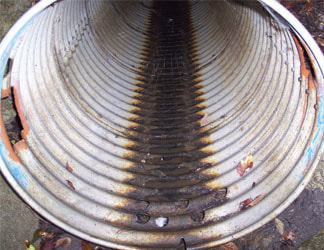
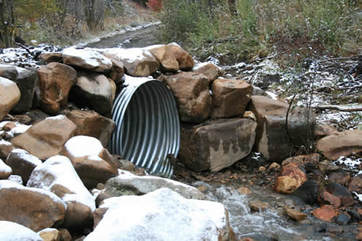
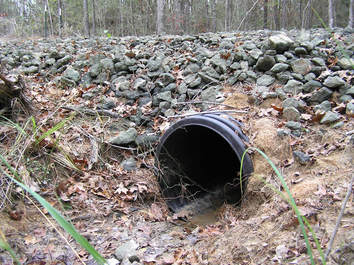
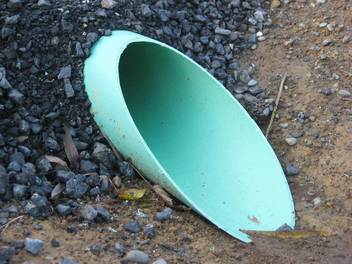
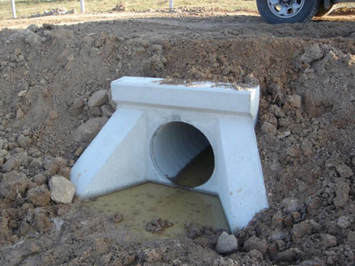
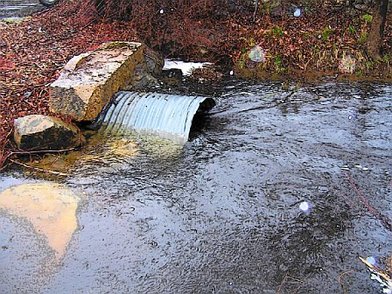
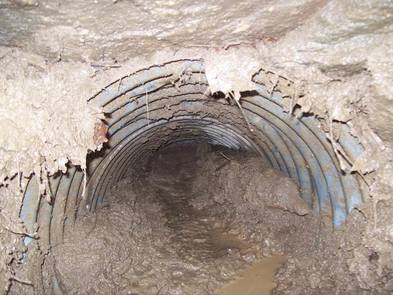

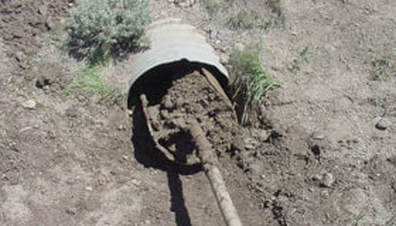
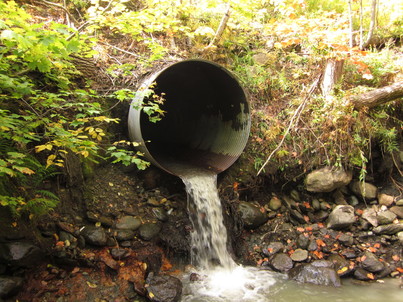
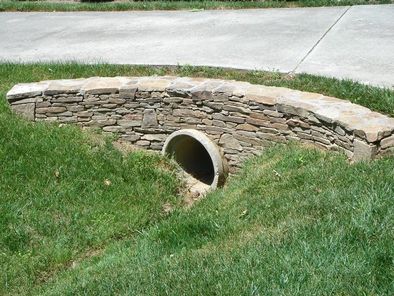


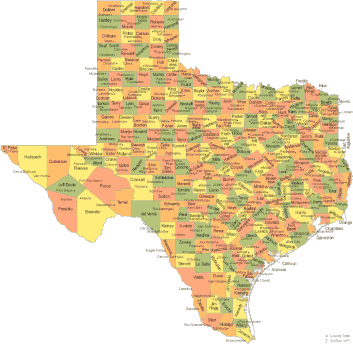
 RSS Feed
RSS Feed
